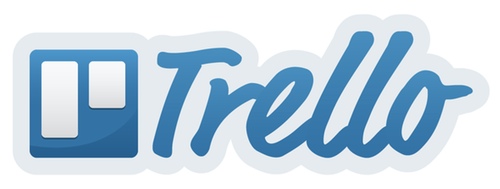
Whether your business is couture apparel or digital marketing, nobody wants their “seams” showing. And nobody knows this better than Stella&Dot, which helps women entrepreneurs become independent stylists by selling fashion accessories. Just as beautifully styled clothing depends on the skill of the couturier, selling these items successfully online relies on a seamless optimization and testing strategy.
For me, as an optimization consultant, seamless optimization means working closely with the business to craft a process that will allow us to scale and take revenue off the charts. Over the years, I’ve learned through trial and error how to build testing program and see that they are widely adopted.
Why is having a testing process important?
Implementing a test is often a mini software development project that leads to acceleration of optimization, so it should be Q&A’d as one. Just like a pilot has a pre-flight checklist to make sure the plane is really ready to take off, we have developed a pre-launch checklist to make sure that each test is successful.
We’ve come up with 11 items to check off the list for any test:
- Create test hypothesis.
- Implement test (in Optimizely).
- Set up target parameters.
- Ensure results/goals are being tracked properly.
- If applicable, enable CrazyEgg or other analytics or heat map integration.
- QA test.
- Get sign-off from management (or the client) that the test is ready to run. We do this by sending an email with preview links to each variation.
- We recommending checking for any tests currently running that might conflict with the test about to be started.
- Start test.
- Add results link to the Trello card description for easy access (see below).
- Review test results as appropriate.
Each of these steps has evolved through a process of trial and error, adding and removing steps as we gain experience.
Trello provides one way for clients to step out in optimized style. In keeping with the couture theme, consider Trello your “closet organizer”. Collaboration is key to a seamless optimization process, and Trello enables everyone to see what’s happening in real time.
We explored various project management tools and settled on Trello for four primary reasons:
- With Trello, optimization is “in the cards”: you can create specific checklists within a task (or “card”) such as “Ideas, To Do, Doing”, and add or change information as often as needed to stay up to date.
- You can reuse checklists and previous cards, making it simpler and faster to manage the process.
- Trello is mellow: anyone new to the process will find it easy to adopt, because it’s adaptable, just like fashion-savvy women (and men) who know how to create multiple outfits from a few pieces of clothing. It’s so adaptable we’ve even used it to manage tasks with our families!
- Trello allows our clients and our own team to see the current status of any test at any time, such as:
- Idea/hypothesis.
- Implementation design.
- Implemented, waiting for approval to launch.
- Running, check results.
- Test done, review results with team.
- Complete.
Seamless optimization. It’s what all the best-dressed businesses are wearing, in every season.
Join the discussion about managing the testing process in Optiverse.

